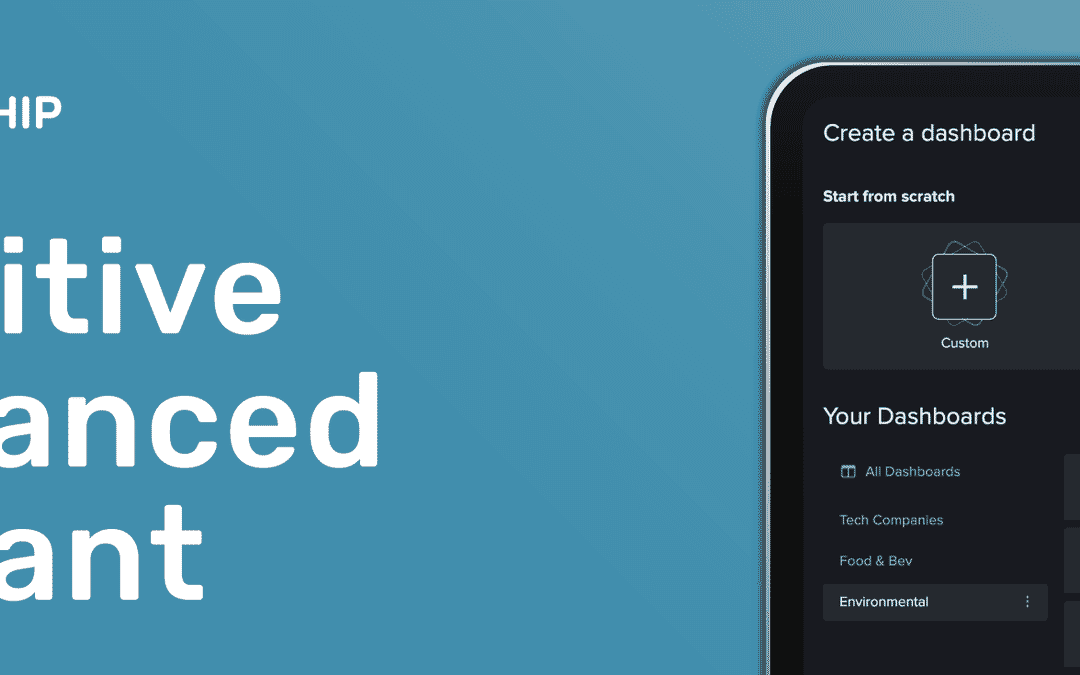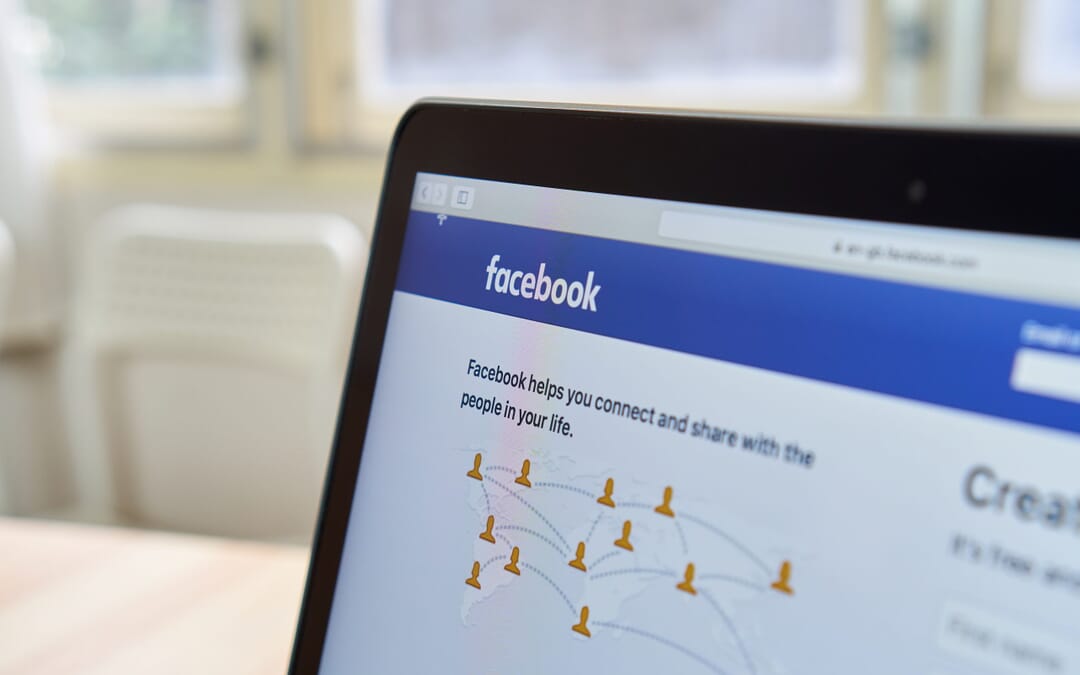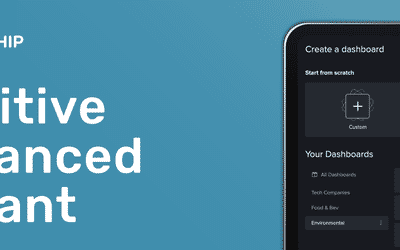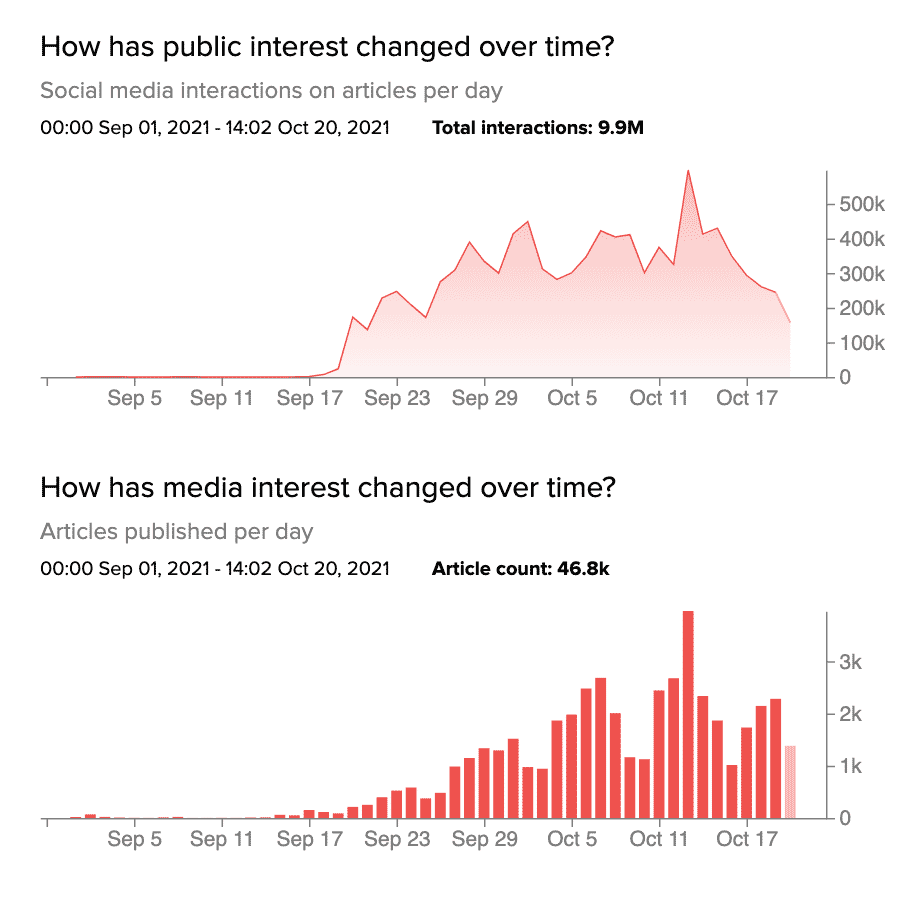
There are, of course, times when engagement isn’t as important a metric. For example, if you sponsor a post to drive people to purchase, the amount of likes that particular post gets may be irrelevant as a KPI. That’s fine. But our contention is that there are times when understanding engagement to content is crucial, and a key to perception of your brand in the media and public spheres, especially when it comes to earned media measurement. In fact, we believe it to be an indispensable tool in the comms strategist’s toolbox.
At its core, engagement refers to how interested an audience is in a piece of content, measured by how much time they are taking out of their digital lives to interact with it. This can include liking, commenting, or sharing.
While understanding engagement has more applications than just earned media, for the sake of brevity what we will be discussing in this blog specifically refers mostly to monitoring the engagement of earned media, or the sharing of content about a brand that they did not create themselves. Let’s begin with brand trust.
Why engagement is important for brand credibility
It might be easy to say that how much a brand is being written about and what is being said doesn’t matter in the great scheme of things, and that all that matters is the bottom line. In fact, many people do make this argument. However, we believe the reality to be much more complex in today’s digitally connected world. People are fed information about a brand through media outlets, blogs, online forums, and social media platforms. The opportunity for content to be shared without a brand’s control is massive, so measuring the importance of how an audience is reacting to that content is crucial to understanding the impact it could have on your brand, be it positive or negative. In fact, it’s one of the only ways to do earned media measurement outside of active partnerships with publishers.
For one, people engaging with content about a brand presents an opportunity for information to be shared in an organic way. It allows for authentic conversations to take place, which can assist in building trust between a brand and its audience. People are more likely to trust information that isn’t shared directly from a brand itself— including friends and family, reviews, and websites.
But it’s not only in the good times that engagement matters, it can also help you understand what to do in times of crisis.
Why engagement matters in a crisis situation
There are many types of crisis communication situations that brands have to face these days. Whether it be online misinformation, defective products, or other various issues, it’s crucial that brands pay attention to how the public is reacting in order to understand what kind of response is needed, if any.
The importance of measuring both media interest and the engagement it generates is evidenced by examples like the below from our Q2 crisis report.
Harbor Freight issued a product recall for one of its jacks in May 2020, and there was an early level of huge engagement despite relatively few articles covering the recall, with some days seeing upwards of half a million engagements despite only a handful of new articles in the first few days.
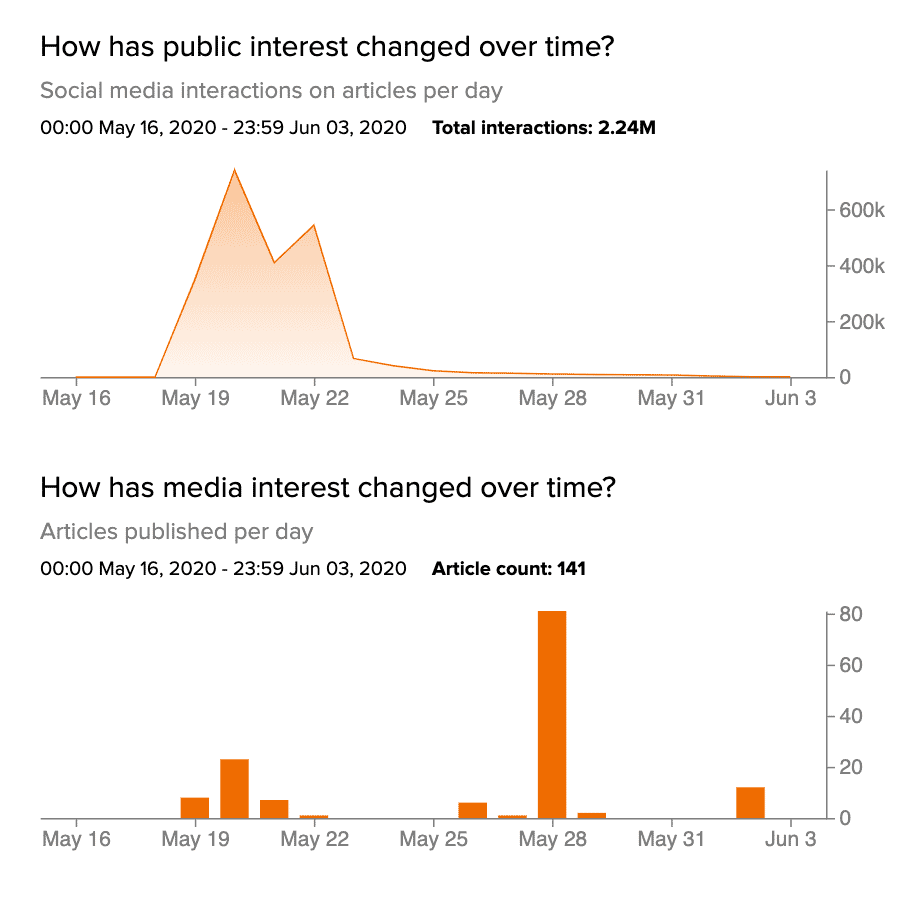
Then, later on, when the media showed more interest in the product recall, the public interest barely moved at all.
On May 28th, the day with the most media interest with 80 articles published, the public interest was only around 10k engagements. Meanwhile, public interest was highest on May 20th – a day that saw 740k interactions despite only 20 articles being published. Adopters of engagement measurement would have been aware of this days before those monitoring media mentions alone.
Monitoring the engagement of stories about a brand, then, can reveal a lot about the true severity of a crisis. Article count will provide one clue on a crisis’s impact, but the impact of those stories add a whole new context. If certain stories are driving large amounts of engagement, it’s worth diving into what they’re about, especially if it’s clearly resonating with the public. This is a way for brands to gain more control of a potentially negative situation by understanding the public perception.
Monitor engagement with NewsWhip for better earned media measurement
We’re committed to building products that give clients the most unique insight into the stories audiences care about today and are engaging with. By using our Spike and Analytics tools, brands can identify the stories that will help them connect with new audiences by distinguishing what matters and what doesn’t.
Additionally, our tools can be used to predict the engagement an article will receive, putting you ahead of the narrative, and establishing a real-time way to monitor your media coverage before it begins to unfold.
Brands also have the ability to discover which authors are driving the most engagement, identify where the content is coming from, and see the influencers that amplified the story at article level.
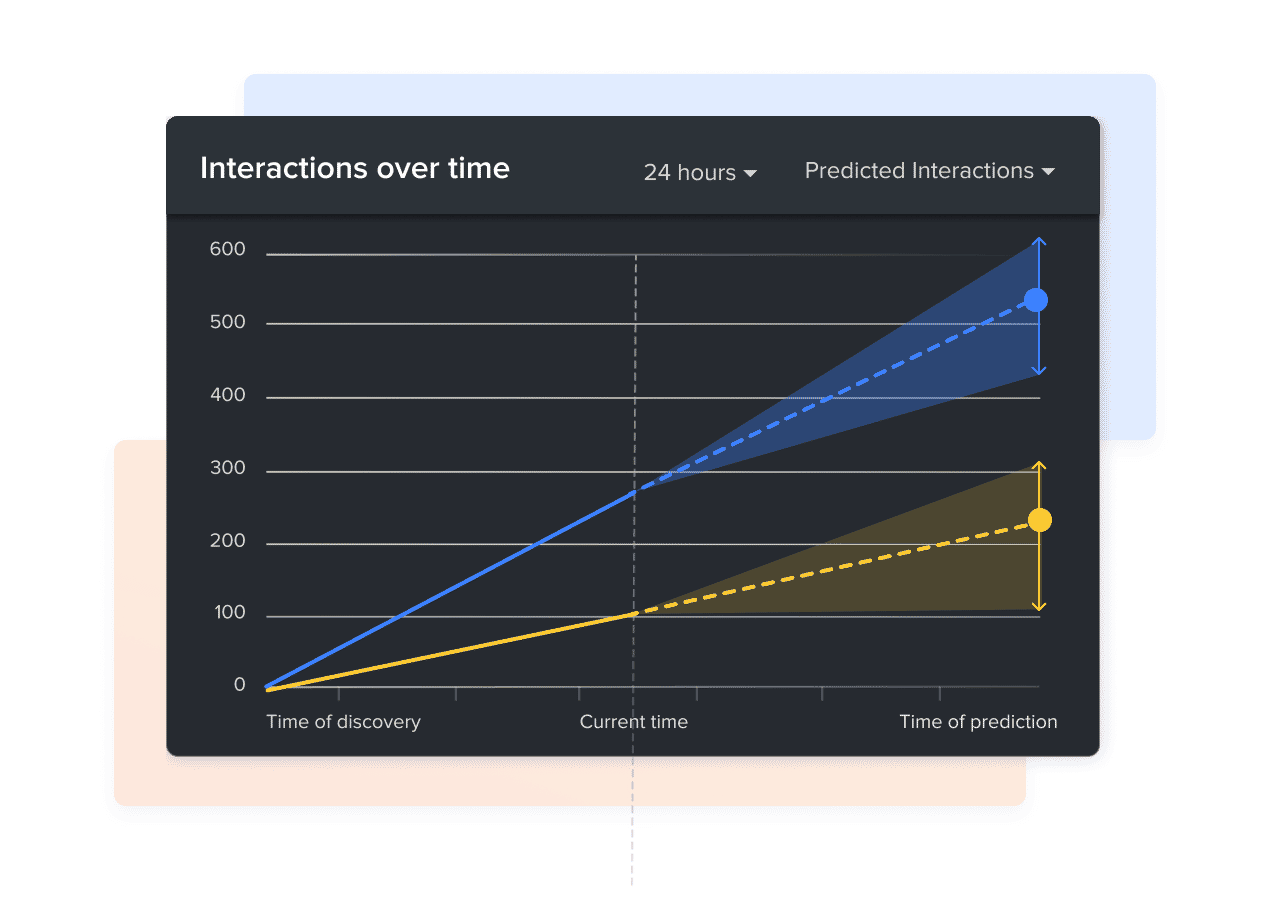
The bottom line is that understanding engagement, and especially the engagement with articles written about your brand, is a crucial part of any earned media measurement effort. It helps you distinguish the signal from the noise by providing insight into what’s resonating with the public most, rather than simply counting the number of stories your brand appears in.
To read about how one of our clients uses NewsWhip for brand crisis management, click here.






